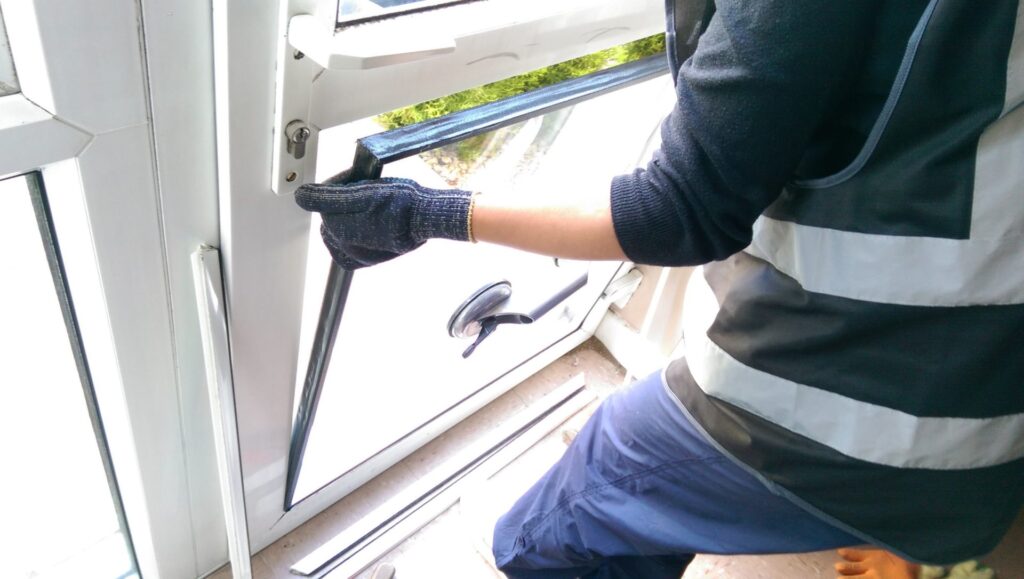Window Scratch Removal: Effective Techniques for a Clear View
Window scratches can be a substantial annoyance for property owners and vehicle owners alike. They can obstruct views, impact aesthetic appeals, and even manage the incoming light. While deep scratches might require professional intervention, lots of minor scratches can be gotten rid of through different DIY techniques. This post will supply a comprehensive summary of reliable approaches for window scratch removal, the essential products, and frequently asked concerns to assist readers in accomplishing a clear and scratch-free surface area.
Understanding Window Scratches
Scratches on windows can occur from various sources, consisting of:

- Accidental contact with tough items like secrets or metal tools.
- Environmental aspects such as debris blown by wind or tree branches throughout storms.
- Inappropriate cleansing techniques utilizing abrasive cloths or strong chemicals.
Different types of window products, such as glass, plexiglass, or acrylic, might have varying susceptibilities to scratches. Thus, it's essential to identify the window type before choosing on a removal method.
Methods for Removing Window Scratches
The following table details various strategies for removing scratches from windows, together with the involved products and techniques.
| Strategy | Materials Needed | Actions |
|---|---|---|
| 1. Sodium Bicarbonate Paste | Sodium bicarbonate, water, soft fabric | 1. Mix baking soda with water to form a paste. 2. Apply to the scratched location using a soft fabric. 3. Rub carefully in a circular motion for a couple of minutes. 4. Rinse with water and dry with another fabric. |
| 2. Tooth paste | Non-gel toothpaste, soft cloth | 1. Use a percentage of toothpaste straight on the scratch. 2. Carefully rub in a circular movement with a cloth. 3. Clean away excess with a wet fabric. 4. Dry completely. |
| 3. Glass Polishing Compound | Glass polish, soft cloth | 1. Use a small amount of glass polish to a tidy fabric. 2. Rub it into the scratch using circular motions. 3. Buff the location up until clear. 4. Clean the surface with a wet cloth. |
| 4. Cerium Oxide | Cerium oxide powder, water, soft cloth | 1. Mix cerium oxide powder with water to form a paste. 2. Apply to the scratch utilizing a felt applicator or soft fabric. 3. Rub in a circular movement for several minutes. 4. Wipe the location with a wet fabric to eliminate residue. |
| 5. Great Sandpaper | 2000-grit sandpaper, water | 1. Moisten the sandpaper and window. 2. Lightly rub the scratch in a straight line. 3. Rinse and dry the location completely. 4. Apply glass polish to bring back clearness. |
Crucial Tips
- Always check any technique on a small, unnoticeable location of the window initially to guarantee it doesn't trigger extra damage.
- When utilizing abrasives like sandpaper, it's recommended to be mindful and apply very little pressure to prevent producing more scratches.
Preventive Measures for Future Scratches
To reduce the threat of future scratches, consider the following preventive steps:
- Use Soft Cleaning Materials: Opt for microfiber cloths or soft sponges when cleaning up to avoid scratching.
- Prevent Abrasive Cleaners: Steer clear of harsh chemicals and gritty cleaners that can engrave glass surfaces.
- Implement Protective Films: Consider setting up protective films on windows, especially in vehicles, to protect versus small dings and scratches.
- Keep Windows Free of Debris: Regularly tidy the outside and inside surfaces to prevent dirt accumulation that can scratch during cleansing.
- Be Mindful During Repairs: When working around windows, be extra mindful with tools and materials that might accidentally contact the glass.
Frequently Asked Questions (FAQs)
1. Can all window scratches be eliminated?
Not all scratches can be efficiently removed. Deep fractures or chips often need professional repair or replacement. Small surface scratches, nevertheless, can typically be dealt with using the approaches mentioned above.
2. Is it safe to utilize sandpaper on glass windows?
Utilizing sandpaper can risk additional scratching if done improperly. If you pick to use this method, choose for extremely fine sandpaper (2000-grit) and use very little pressure. This technique often works as a last option; for this reason, care is suggested.
3. How do I understand what type of window I have?
Normally, glass windows are transparent and cold to the touch. Acrylic or plexiglass windows are usually lighter, more flexible, and might have a somewhat plastic texture. Consider carrying out a scratch test in an inconspicuous area; glass will chip while acrylic will scuff.
4. Will professional services guarantee scratch removal?
Professional glass repair services frequently have actually specialized tools and compounds for scratch removal. While many scratches can be reduced, complete restoration may not constantly be possible, specifically with deep abrasions.
5. How typically should I clean windows to avoid scratches?
Regular cleansing is suggested, however it must be carried out with care. Cleaning window surfaces about once a month with the appropriate items and techniques can assist preserve their clarity and avoid the buildup of dirt that causes scratches.
Window scratches can lessen the charm and functionality of glass surfaces. However, understanding effective removal strategies and taking preventive measures can significantly improve a window's longevity and appearance. By utilizing simple family products or specialized items, house owners and vehicle owners can typically bring back clarity and make sure a continued clear view. With the right understanding and tools, preserving scratch-free windows is attainable.
